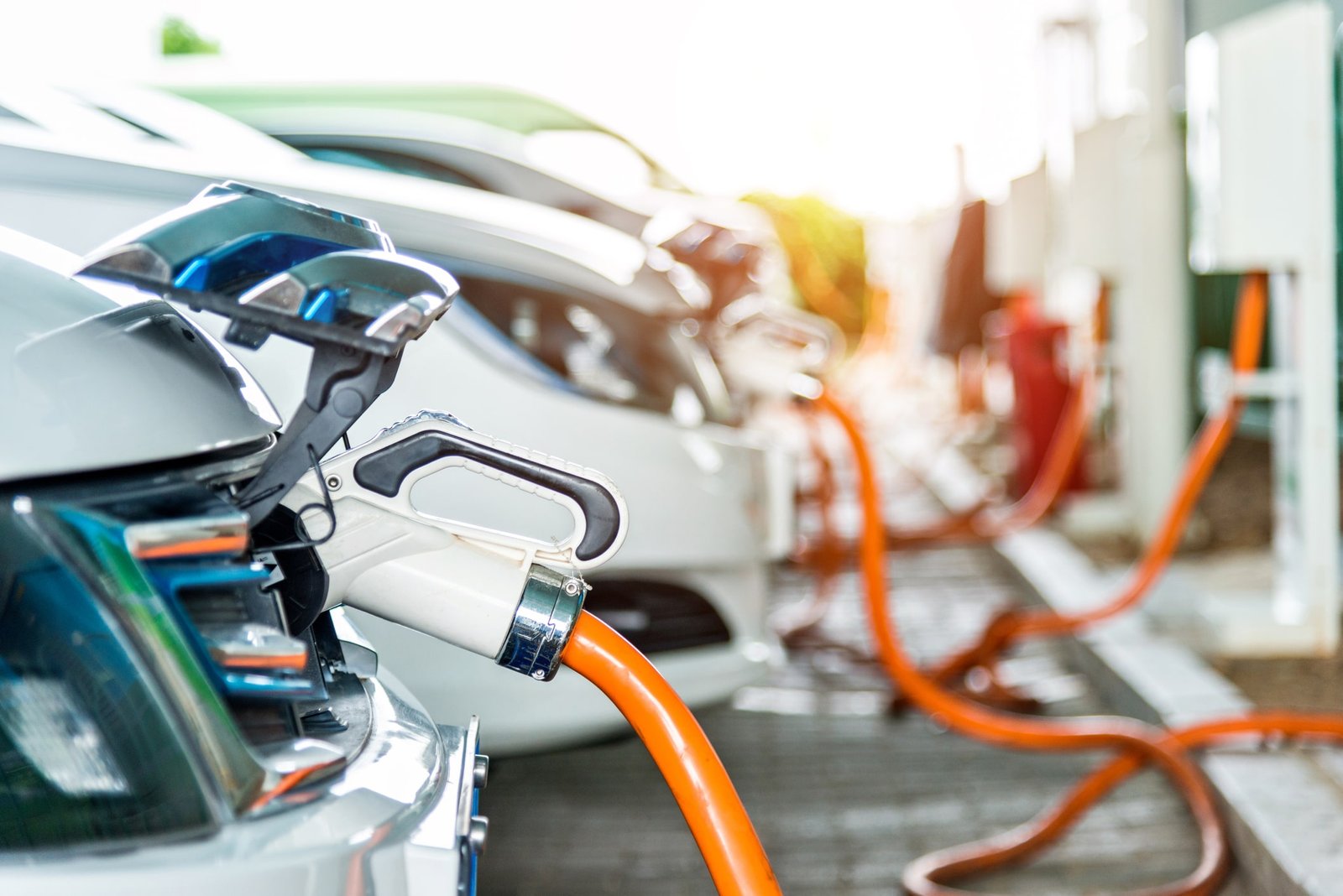There are several types of Electric Vehicle (EV) charger installations, each with its own features and charging capabilities. These charger types are categorized based on the power they provide and the charging speed they offer. Here are the most common types:
1. Level 2 Charging:
– Voltage: 240 volts AC (VAC).
– Power Output: Can range from 3.6 kW to 22 kW or even higher.
– Charging Speed: Faster than Level 1, adds around 10-60 miles of range per hour of charging, depending on the charger’s power rating and the vehicle’s onboard charger capacity.
– Cable: Requires a dedicated charging station that can be installed at home, businesses, or public charging stations. Typically, the EV comes with an onboard charger compatible with Level 2 charging.
2. DC Fast Charging (also known as Level 3 Charging):
– Voltage: Varies, but commonly 200-600 volts DC (VDC).
– Power Output: Can range from 25 kW to 350 kW or higher.
– Charging Speed: Rapid charging option, can add significant range in a short time (e.g., 80% charge in 30 minutes or less, depending on the charger’s power rating and the vehicle’s capability).
– Cable: Requires specialized charging stations that convert AC power to DC power directly into the vehicle’s battery.
Note: Charging speeds and capabilities of EV chargers may continue to evolve as technology advances, and newer, more powerful chargers become available. Always check the specifications and compatibility of your EV with the charging equipment you plan to use. Additionally, charging standards and connector types can vary by region, so make sure you are aware of the appropriate charging infrastructure in your area.


